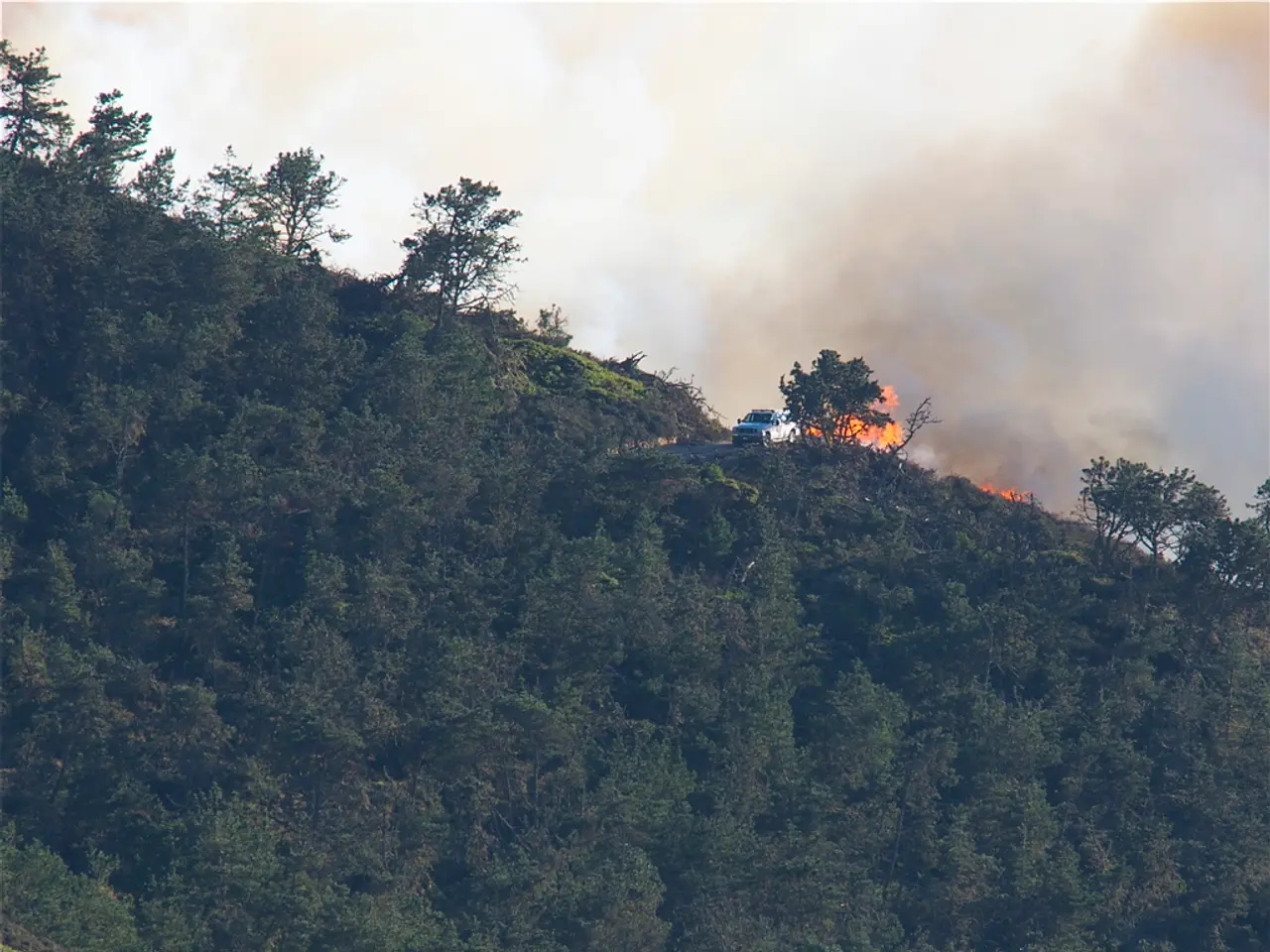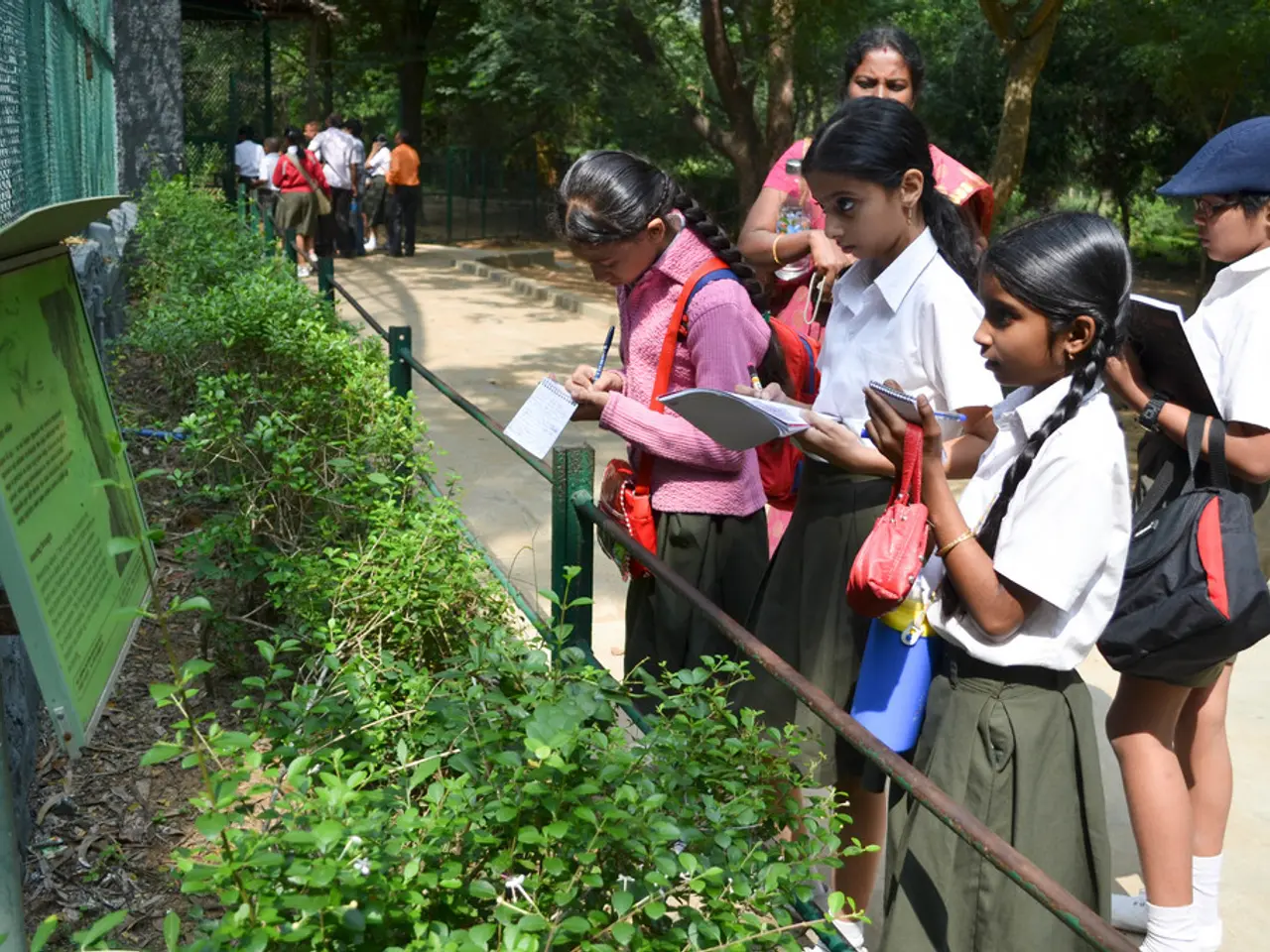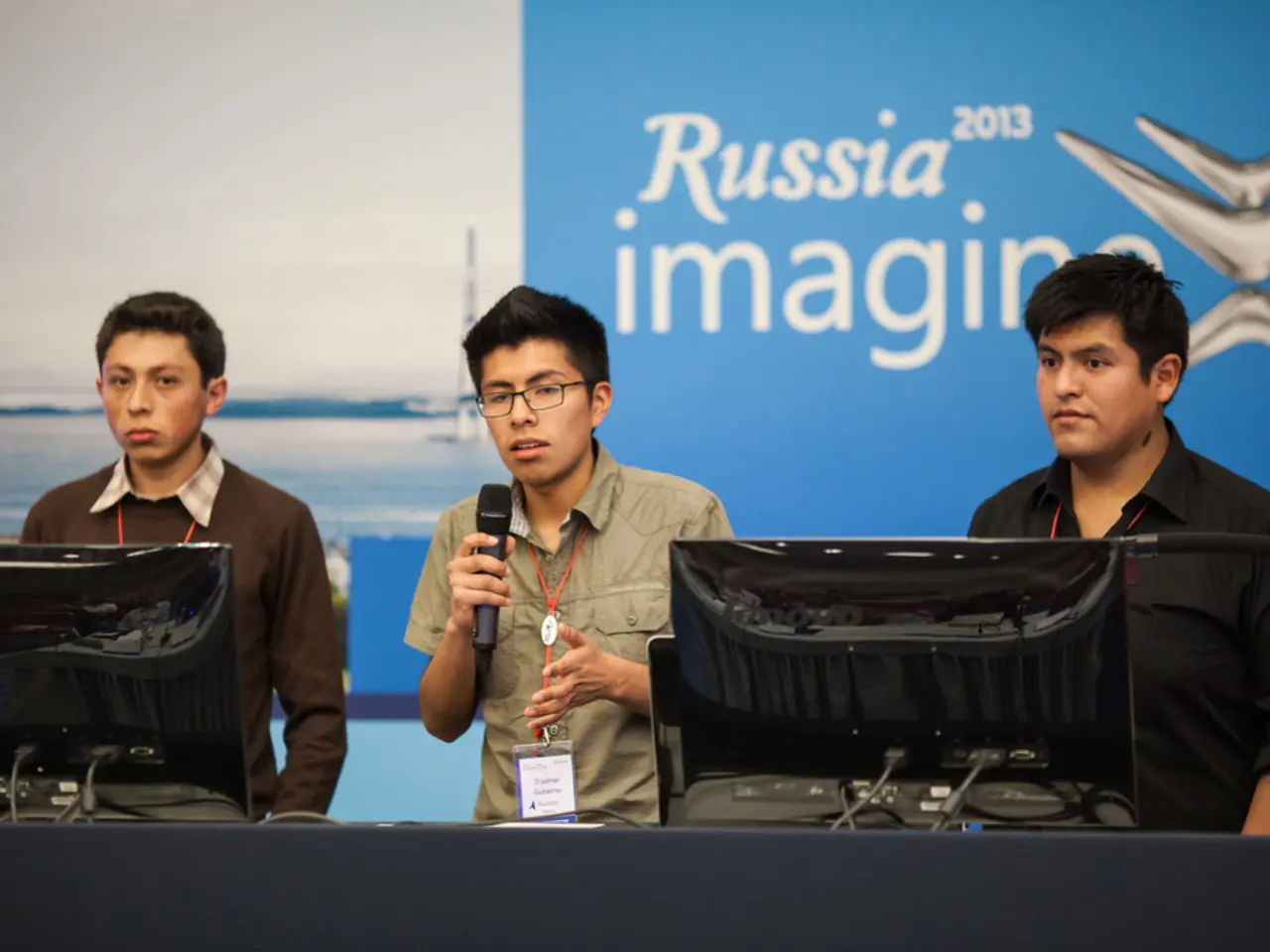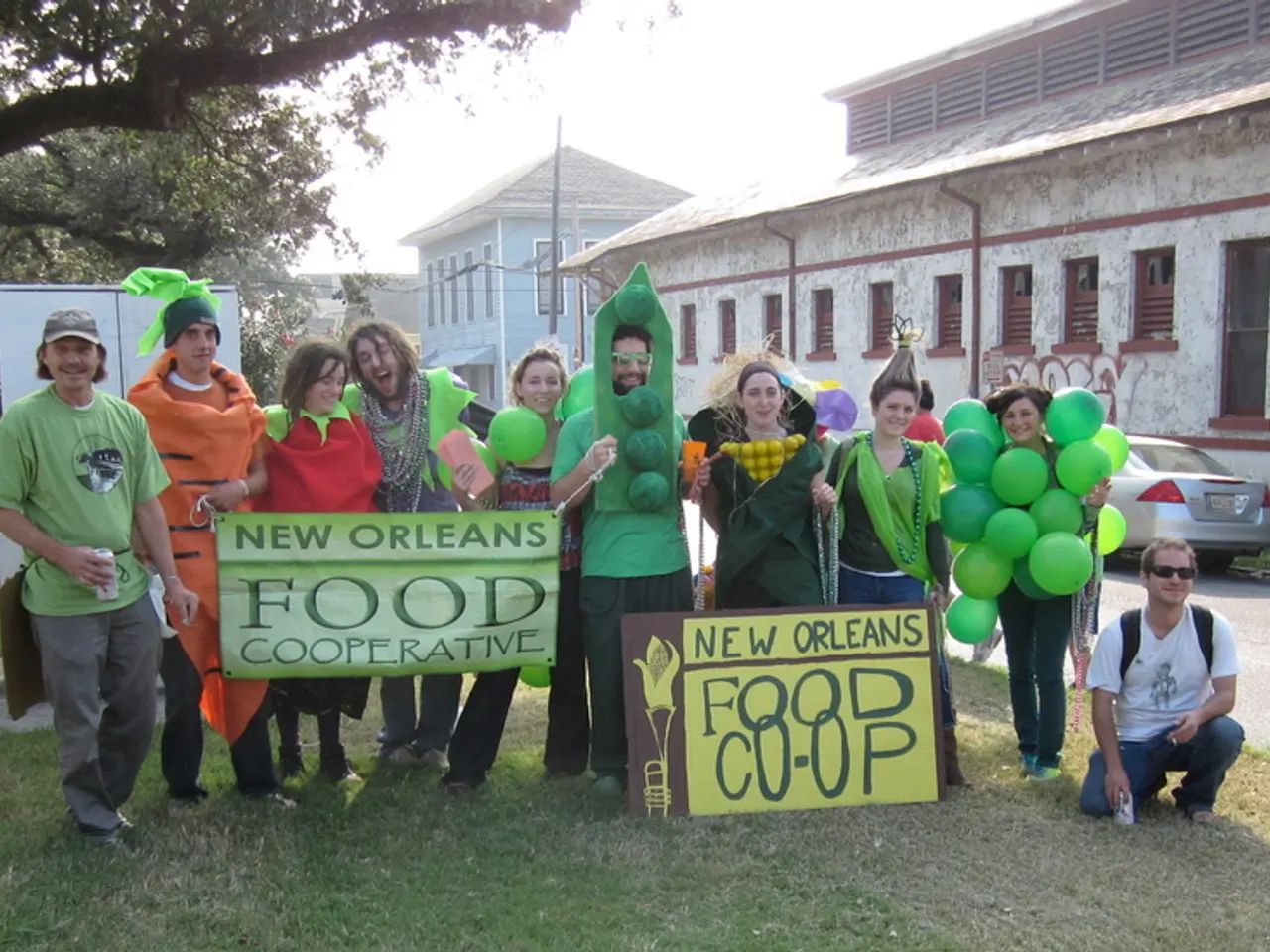Throughout the current season, the Tomsk region has experienced 156 cases of forest fires.
Since April 11, the Tomsk region in Siberia has been battling a series of forest fires. According to the latest reports, a total of 156 forest fires have been recorded, covering an area of 2014.69 hectares.
The largest fires have been recorded in the Bakcharskoye forestry, where five fires have spread across 727.1 hectares, and in the Zyryanskoye forestry, where five fires have burned 109.2 hectares. In the Asinovskie forestry, seven fires have covered 49.2 hectares, and in the Teguldetskoe forestry, ten fires have affected 36.23 hectares. Other affected forestries include Alexandrovskoe, Kozhevnikovskoe, Pervomayskoye, Vasuganskoye, Krivosheinsky, Tomskoe, Verkhneketskoe, Kargasokskoe, Parabelskoe, Shegarskoe, Kedrovskoe, Chainskoe, and Timiryazevskoe.
Despite the significant scale of the fires, rapid action has been taken to extinguish them. Out of the 156 fires, 148 were extinguished within 24 hours of detection, representing 94.87% of the total. Sixty-two fires were detected in the aviation detection and aviation suppression zone, and thirty fires were detected in the aviation detection and ground suppression zone.
The fire danger class in the forests of the Tomsk region is currently 1.1, indicating a low fire danger. However, the vast coniferous forests with dense underbrush in the region make them highly flammable, especially during dry, hot weather, which increases the risk of wildfires, especially during periods of drought. Human activity, such as unattended campfires, discarded cigarettes, and sometimes deliberate arson, as well as lightning strikes during thunderstorm seasons, are also contributing factors.
To combat these fires, a combination of ground and aerial firefighting teams are deployed. Ground teams create firebreaks and suppress flames directly, while aerial support drops water or fire retardants over fire-affected areas, which is crucial in remote or difficult terrain. Monitoring and early detection are also crucial, with satellite data and aerial surveillance used to detect fires early for rapid response.
As the fires continue to be addressed, three active forest fires have been localized in the regions of Asinovskie, Bakcharskoye, and Verkhneketskoe forestry. For detailed, up-to-date, region-specific protocols or statistics, it is recommended to consult official forestry or emergency services sources from the Tomsk regional government or Russian environmental agencies.
Scientists are monitoring the impact of these forest fires on the local climate and environmental science, as the dry, hot weather has raised concerns about wildfires and climate-change. The weather conditions in the region will likely influence the spread and duration of the fires, making it crucial for both ground and aerial teams to continue using science and weather data to combat the fires effectively.








